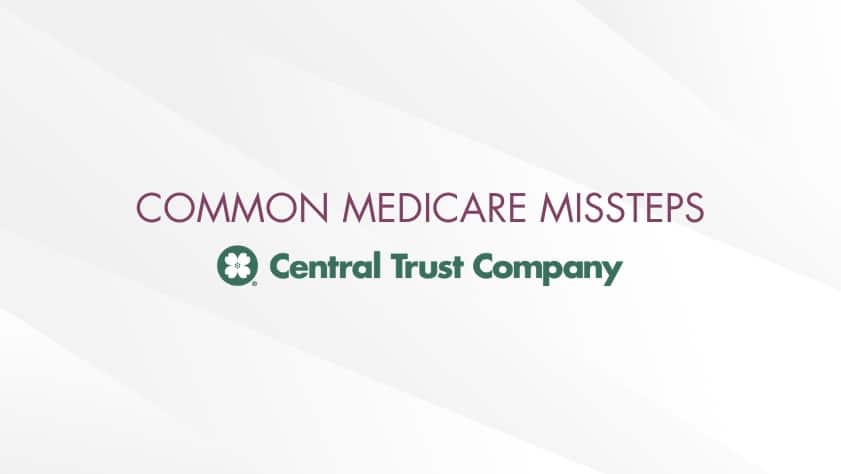Maximize your retirement wealth by understanding the complexities beyond market timing. Learn how our personalized approach to retirement investing considers your unique goals, going beyond the 'one size fits all' strategy.

Given the jaw-dropping costs of long-term care and the odds of needing it at some point in life, many people are left wondering how they will pay for the medical treatment and assistance with the activities of daily living they may require in their later years. To put these concerns in perspective, here are a few sobering statistics to digest:
- Someone turning age 65 today has an almost 70% chance of needing some type of long-term care services.
- The national average monthly cost of a skilled nursing facility (nursing home) is $9,034 for a private room and $7,908 for a shared (“semi-private”) room.
- The average length of stay in a long-term care facility is 3.2 years (3.7 for women and 2.2 for men).
For most individuals, monthly income from pensions, Social Security, and the like would cover only a fraction of long-term care costs. So, how is this supplemented? Many believe that Medicare will cover long-term care costs; however, Medicare is not a long-term care solution. As mentioned in the previous issue, Medicare Part A (Hospital Insurance) will pay for skilled nursing care in very limited circumstances, and for a fixed duration of time. The Part A participant must have a qualifying hospital stay that requires daily professional care in order for Medicare to kick in. The coverage is not interminable: days 1-20 are covered in full; days 21-100 require a daily copayment and after day 100 in the nursing home, Medicare no longer pays. Another qualifying hospital stay must occur in order to restart the Medicare coverage clock. Medicare may also pay the costs of home health services, but again – the duration is limited.
Assuming long-term care insurance is not a variable in the payment equation, and an individual does not have the resources (income and assets) to pay for the long-term care they need, another program could come into play: Medicaid (“MO HealthNet” in Missouri). Medicaid is a joint federal-state health insurance program designed for low-income individuals. There are 10+ types of MO HealthNet programs with varying eligibility requirements, but the most relevant program to the long-term care scene is basic MO HealthNet for individuals age 65 and over (or disabled). This program carries income and asset limits – in 2023, a MO HealthNet applicant must have no more than $1,033 in income and no more than $5,726 in “countable” resources. An applicant with income above that limit must “spend down” the excess by paying it directly to MO HealthNet or applying it to incurred medical expenses.
Once eligible, a Medicaid participant’s nursing home costs that are above and beyond their ability to pay are covered by the program as long as skilled nursing care is required. Generally, all of the individual’s income is paid over to the skilled nursing facility, except for a monthly personal needs allowance (currently $50) that the participant can keep and spend on personal items and services like clothing, haircuts, and cell phone bills. Note that this discussion about Medicaid only addresses skilled nursing facilities – Medicaid’s usefulness for other types of facilities (such as residential or assisted living) is basically nonexistent.
Applying for Medicaid as a long-term care payment option is not for everyone, as there are many factors and consequences the would-be applicant must consider. Talking about long-term care planning with an experienced elder law attorney is advisable. Also having open communication with your loved ones and trusted advisors about expectations regarding long-term care and financial sustainability is key.


